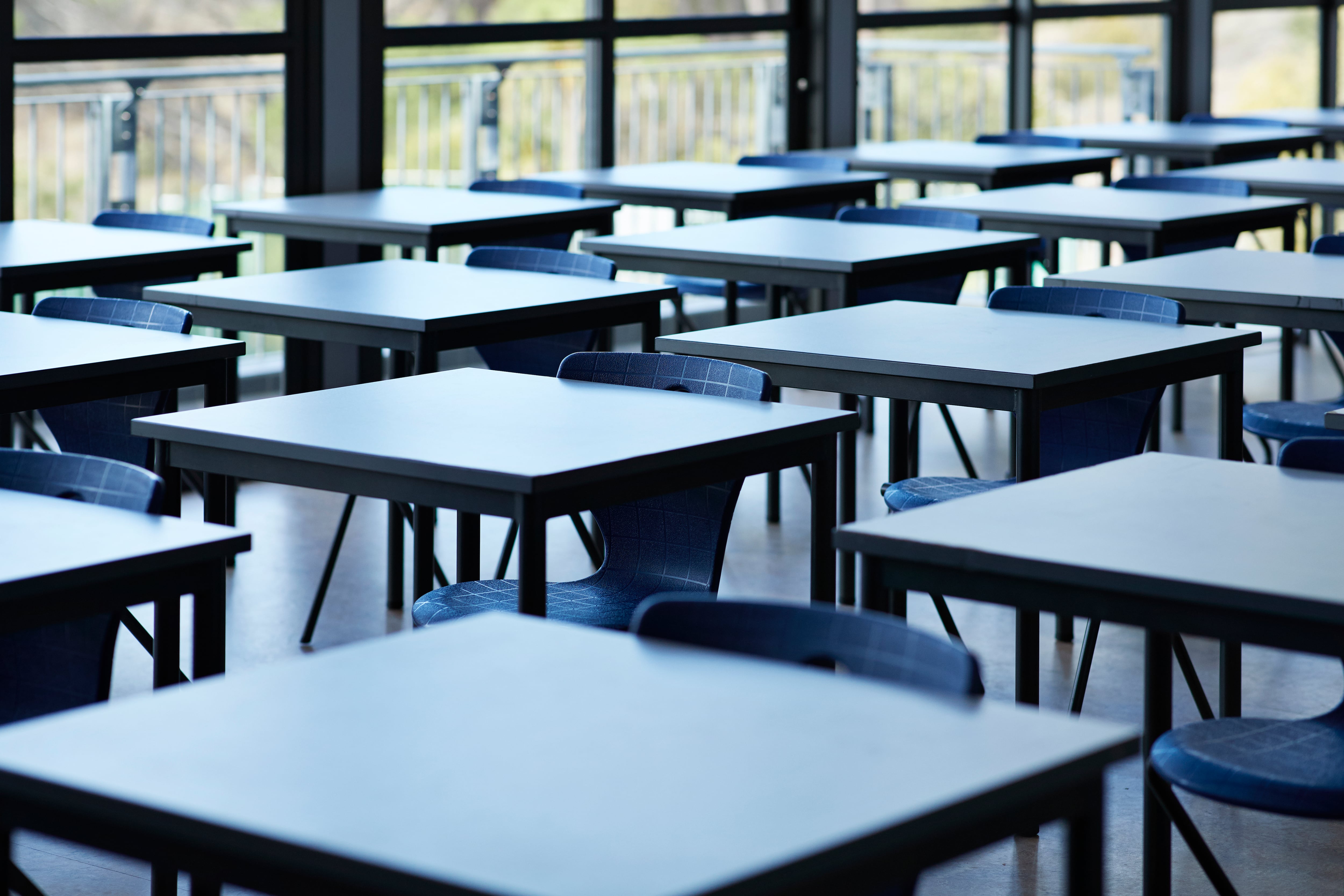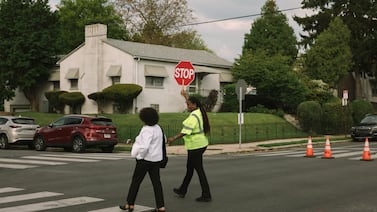Sign up for Chalkbeat New York’s free daily newsletter to keep up with NYC’s public schools.
New York City teachers are calling out sick more frequently in the wake of the pandemic, following a national trend of increased educator absences as COVID-19 and other illnesses continue to swirl, city data shows.
During the six years prior to the pandemic, about 14% of teachers each school year used more than their 10 allotted sick days on average. That percentage sank to historic lows during the two school years in which classes were fully or partially remote, according to city numbers.
But when full-time, in-person classes resumed in the 2021-2022 school year, the number of teachers using 11 or more sick days jumped to 16% and continued climbing to nearly 19% last school year, according to the most recent Mayor’s Management Report.
Teachers along with union and Education Department officials attribute the rise in teacher absences to the ongoing impact of COVID-19 and other illnesses — including the surge of the highly contagious omicron variant in winter 2021 and the “tripledemic” of COVID-19, flu, and RSV cases last winter.
“Since the onset of the COVID pandemic, everyone, including teachers, have been encouraged to take the time that they need to recover when sick and stop the spread of communicable diseases,” said Education Department spokesperson Chyann Tull. “This can lead to an increase in the rates at which teachers are absent.”
Elevated teacher absences can have a “tremendous effect” on school operations, said Roony Vizcaino, the principal of the Urban Assembly School for Global Commerce in Harlem, which has seen an increase in teacher absences over the past two school years.
“You don’t have that continuity of instruction, of relationship building,” Vizcaino said, and for students already dealing with disruption and uncertainty on a daily basis, the absence of a trusted adult can “derail” the rest of the school day.
Higher rates of chronically absent teachers are correlated with lower student achievement.
Substitutes are often difficult to find, and when they do come, can rarely replace full-time classroom teachers, Vizcaino added. Turning to other teachers to cover vacant classes can increase stress and burnout for those educators — forcing them to take time off to recover.
“It becomes this sort of domino effect in the school where adults are taking time off and there’s a collective complaint about, ‘Why am I covering classes every day,’” he said.
Calling out sick is rarely a full respite even for the teachers who do it, several educators noted, given the amount of work it can take to prepare plans for a substitute or colleague and catch students up when they return.
The city’s tally of teacher absenteeism looks at the number of sick days used but not vacation days, according to an education department spokesperson.
The uptick in New York City mirrors a national trend. During the 2021-2022 school year, nearly three-quarters of schools across the country reported more teacher absences than in a typical pre-pandemic school year, according to a survey from the National Center for Education Statistics.
Student chronic absenteeism has also spiked in New York City and across the country over the past two school years.
Brooklyn elementary school teacher Sarah Allen said COVID was “definitely the biggest thing” causing her and colleagues to miss more school in recent years.
“It can go on for weeks with just one case of COVID in your family,” Allen added, noting many teachers also had to stay home to care for sick family members.
Teachers were granted additional days off that weren’t drawn from their normal 10 sick days to recover from COVID-19 or the effects of vaccinations.
This school year, teachers who test positive for COVID will get five days off to recover before dipping into their sick days, and will get four hours of leave to recover from a COVID booster shot, according to guidance from the union.
Many educators are also now more cautious about showing up to work with symptoms, union officials said.
“Like the rest of the working public, educators and school staff are less likely to go to work with a cough or a cold now than pre-Covid,” said a spokesperson for the United Federation of Teachers.
Allen also said that she saw more colleagues taking mental health days, as educators confront mounting levels of stress and burnout.
“People I know who don’t usually take them, we were just extra beaten down last year,” she said. “It feels like for many of us [there are] more behavior issues, greater needs, money given to families is ending. There’s more on our plates, and everybody is exhausted.”
Caroline Shepard, a teacher and union chapter leader at Simon Baruch Middle School in Manhattan, said educators are more willing to enforce work-life balance in the wake of the pandemic.
“Personal boundaries are just stronger, and I think it’s a good thing,” she said.
Vizcaino said he’s tried both positive incentives for strong teacher attendance and disciplinary measures for especially high rates of absence, but neither has made much of a difference in recent years.
The increase in teacher absenteeism comes as rates of teachers leaving the profession have gone up in New York City and across the country. Vizcaino sees the two as related.
“Folks want to preserve themselves as much as possible,” he said. “I think for teachers, they’re saying, ‘This is a marathon. If I have to pause in this marathon once or twice… that’s okay, then I can finish the race.’”
Michael Elsen-Rooney is a reporter for Chalkbeat New York, covering NYC public schools. Contact Michael at melsen-rooney@chalkbeat.org.






